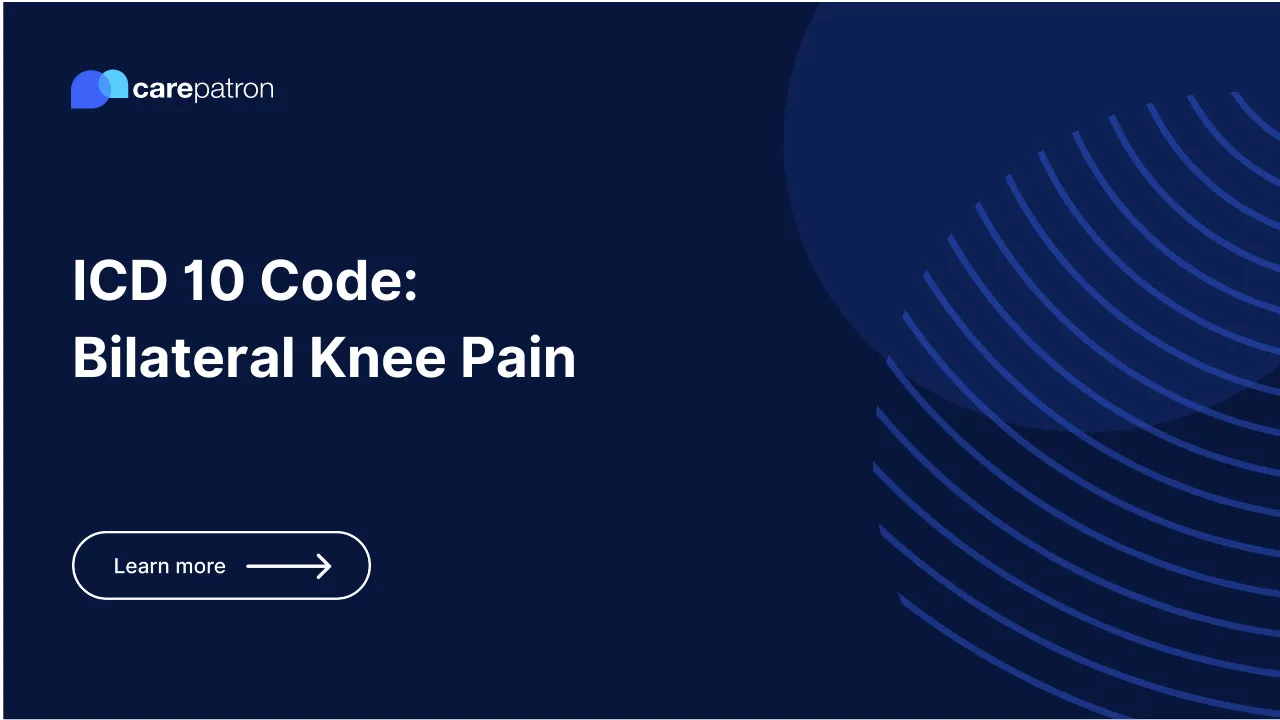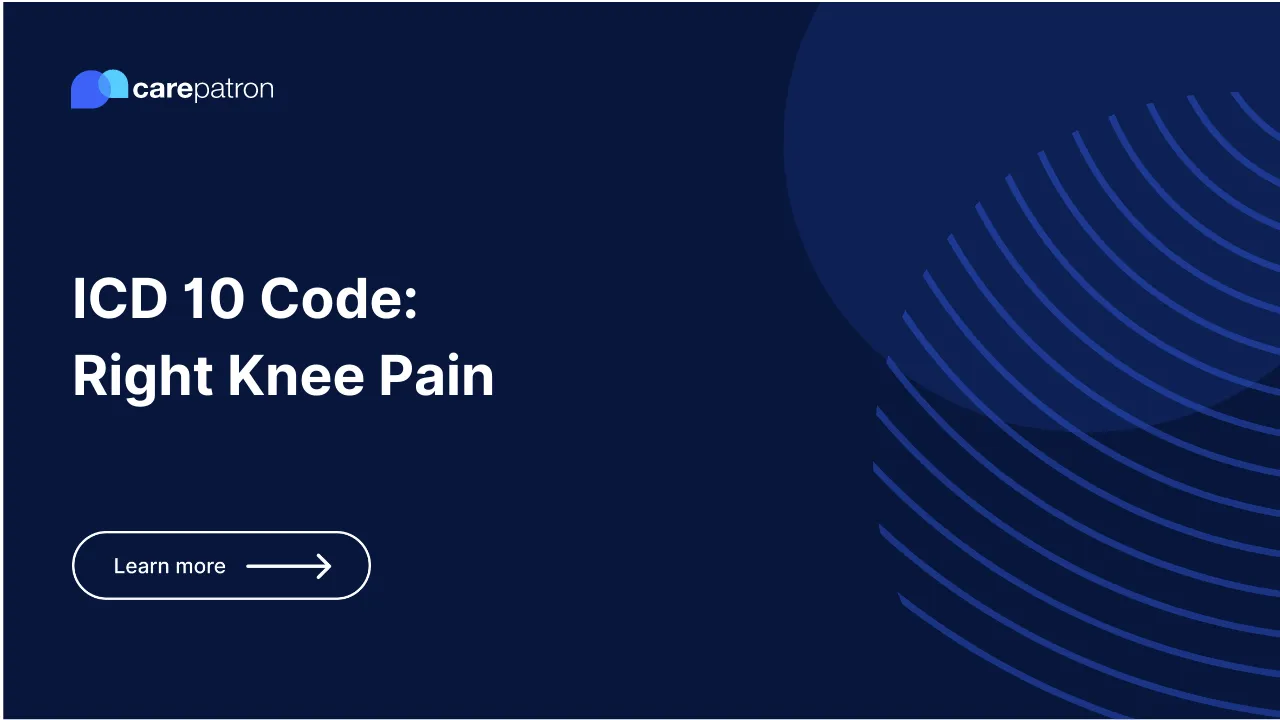Kyphosis ICD-10-CM Codes
Delve into the 2023 guide on Kyphosis ICD-10-CM codes. Understand the specific codes, their clinical descriptions, and their billing implications.

What ICD-10 Codes Are Used for Kyphosis?
Kyphosis, an exaggerated forward rounding of the back, requires specific ICD-10 codes for accurate diagnosis and treatment. Here are the commonly used Kyphosis ICD codes:
- M40.00: Postural kyphosis, site unspecified
- M40.20: Other secondary kyphosis, site unspecified
- M40.209: Other secondary kyphosis, multiple sites in spine
- M40.30: Flatback syndrome, site unspecified
- M40.9: Kyphosis and lordosis, unspecified
Which Kyphosis ICD Codes Are Billable?
Determining which Kyphosis ICD codes are billable is essential for healthcare providers. Here's an overview:
- M40.00: Yes. This code represents postural kyphosis, which is often due to slouching.
- M40.20: Yes. This code indicates other secondary kyphosis not caused by postural habits.
- M40.209: Yes. This code is used for secondary kyphosis affecting multiple sites in the spine.
- M40.30: Yes. This code represents the flatback syndrome, a type of kyphosis.
- M40.9: Yes. This code is used for unspecified cases of kyphosis and lordosis.
Clinical Information
Kyphosis is a spinal disorder where an excessive outward curve of the spine results in an abnormal upper back rounding. Here's what you need to know:
- The condition can be present at birth or develop during adolescence or later in life.
- Causes include developmental issues, osteoporosis fractures, disk degeneration, and other conditions.
- Symptoms can consist of a hump-like appearance on the back, back pain, and stiffness.
- Mild cases may not require treatment, but severe cases can lead to pain and breathing difficulties.
- Treatment options include physical therapy, braces for adolescents, and surgery for severe cases.
Commonly asked questions
Various factors, including osteoporosis, disk degeneration, congenital disabilities, cancer treatments, and specific syndromes, can cause kyphosis.
Kyphosis is diagnosed through a physical examination, patient history, and imaging tests like X-rays, MRI, or CT scans to assess the curve's degree and determine its cause.
Surgery is not always necessary for kyphosis. It's typically reserved for severe cases where the curve is causing pain, breathing difficulties, or progressing rapidly. Non-surgical treatments like physical therapy or bracing might be recommended for milder cases.







.webp)
.webp)
.webp)
.webp)
.webp)
.webp)
.webp)
.webp)
.webp)
.webp)
.webp)
.webp)
.webp)
.webp)
.webp)
.webp)
.webp)
.webp)
%2520(1).webp)
.webp)
.webp)
.webp)
.webp)
.webp)
.webp)
.webp)
.webp)
.webp)
.webp)
.webp)
.webp)
.webp)
.webp)
.webp)
%2520(1).webp)
.webp)
.webp)
.webp)
.webp)
.webp)
.webp)
.webp)
.webp)
.webp)
.webp)
.webp)
.webp)
.webp)
.webp)
.webp)
.webp)
.webp)
.webp)
.webp)
.webp)
.webp)
.webp)
.webp)
.webp)
.webp)
.webp)
.webp)
.webp)
.webp)
.webp)
.webp)
.webp)
.webp)

.webp)
.webp)
.webp)
.webp)
.webp)













.webp)
.webp)




.webp)


